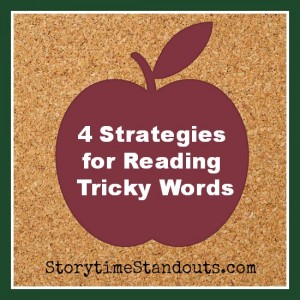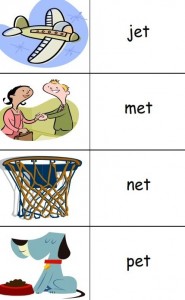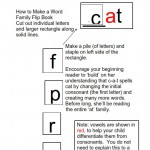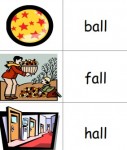When children are beginning readers, we often encourage them to “sound words out” but there are some other strategies that we can and should suggest. There are many words that don’t lend themselves to “sounding out.” If you think of your own reading, you probably have used some or all of these strategies –
1. Beginning readers should look at the illustrations. I once worked with a child whose mom covered the illustrations so he couldn’t use picture clues when reading! Please don’t do that! Reading pictures is part of a child’s early reading experience. That is why almost all easy-to-read books are generously illustrated. Please, encourage your child to use picture clues.
2. Beginning readers are allowed to skip the tricky word and read the rest of the sentence. The rest of the sentence may give your child enough other information to help him figure out the word. As an aside, sometimes books use relatively simple words but include difficult-to-read names for characters. If your child can manage the story but stumbles over reading a character’s name, suggest calling the character by his or her initial and avoid the challenge altogether. It won’t make a bit of difference to your child’s understanding of the story (unless there are two tricky names and both start with the same letter!).
3. Beginning readers sometimes check out the first couple of letters and then make a guess. Not very scientific but we all do it! Keep in mind that the larger your child’s listening and speaking vocabulary, the better his guesses are likely to be.
4, Beginning readers should be encouraged to ask for help . When I listen to a young child read, my number one goal is that she enjoy the experience. I want her to want to read. I don’t want her to get hung up and frustrated. If I can make the reading experience more pleasant – by acting as a resource when she encounters difficult words – then she is more likely to attempt challenging books.













































